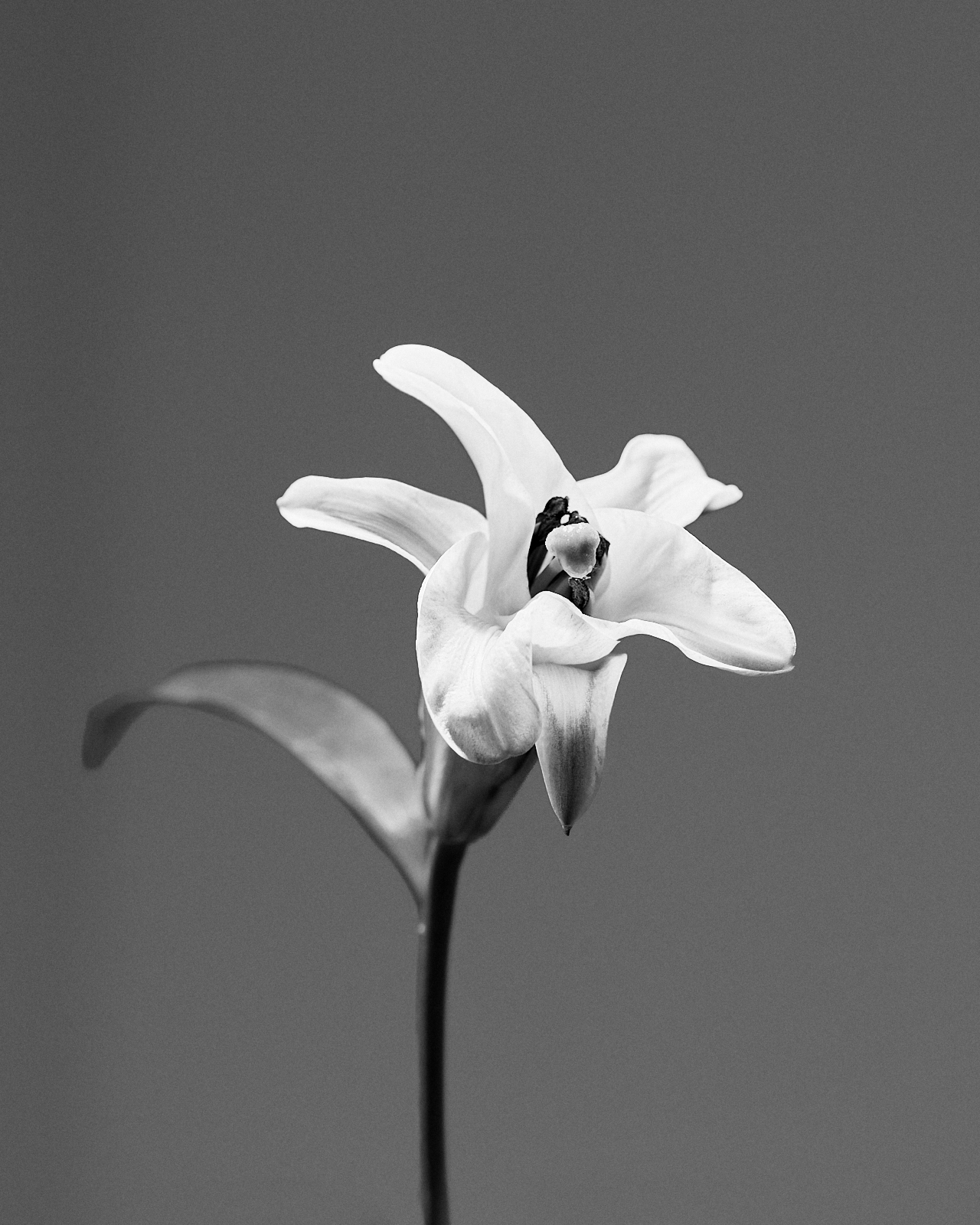Recently I heard a comment attributed to Todd Rundgren about the direct relationship between effort and value.1 Something to the effect: “Effort increases value.” The people talking understood Rundgren’s point to be: the harder you work at making a [piece of art] and the more effectively you convey that effort to the audience, the more valuable the [piece of art]. Some version of that opinion seems rather common lately. See, for example:
- Landscape photographers regularly draw attention to how hard they work trudging through mud and rain, dragging gear up mountains and down valleys, usually before dawn, to find the perfect spot to take a photo of tree or a vista or the sea receding or a lone building or a mountain just as the sun broke through a cloud-covered sky.
- Street photographers point out that they work incredibly hard scouting the right scene, waiting for just the right unique combination of light and a passersby to arrest some moment that will likely never happen again, or how they spend nights haunting the city streets for scenes the rest of us will never see (except in their photos).
- Film photographers talk about the challenges of shooting film, how they have to meter the scene, how they have to account for reciprocity failure or for bellows extension, how the process forces them to “slow down,” the challenges of digitizing their negatives, the vagaries of scanning techniques.
- Any “behind the scenes” video.
While these examples are drawn from photography, I could collect them from most other arts (e.g., writing, painting, woodworking, baking, knitting, sandcastle building).
I confess: I don’t see how knowing all this background context contributes to the value of a photograph (or any piece of art). For me, knowing the labor invested in producing a photograph has no effect on its aesthetic quality (or lack thereof). Perhaps I will appreciate or understand the photograph in a different way knowing the calories burnt or miles trekked or hours spent searching for that decisive moment, but I doubt that understanding will make like a photograph that I initially disliked, or make me dislike a photograph I had previously liked. In the end, the photograph is either aesthetically pleasing or not, visually compelling or not.

Thinking more about the comment attributed to Rundgren: what if he wasn’t saying anything about audiences but was, instead, saying something about makers. If approached that way, Rundgren’s comment contains a degree of truth but is not particularly new. I expect someone who is passionate about a particular endeavor to spend loads of time and effort doing it, more time and effort than people who are not passionate about it. That passion and effort will, I suspect, lead to making better art, excelling at some sport, crafting better tables, grilling better burgers, whatever. I’m not sure what Rundgren meant by “value” (and not even sure that he said it — I couldn’t be bothered to look it up), but maybe we can understand him to mean something like: If you work really, really hard, and do so with intentionality, you will get better at something. Then whatever you produce will be more valuable because it more fully embodies your intentions and goals. But that form of value is first and foremost a value to the artist (or athlete or woodworker or chef or whatever). Any value that an audience invests in the product (art, performance, burger, etc.) is secondary and a different type of value.
- I am not going to point out where I heard this comment for a few reasons: I generally like and appreciate the people having the conversation, they are thoughtful and considerate; I was largely eaves dropping on their conversation and so couldn’t ask for clarification — for all I know, given a few minutes they might have modified their opinion; I am using their comment as an opportunity to reflect on the common practice these days of elevating the labor involved in producing a photograph. ↩